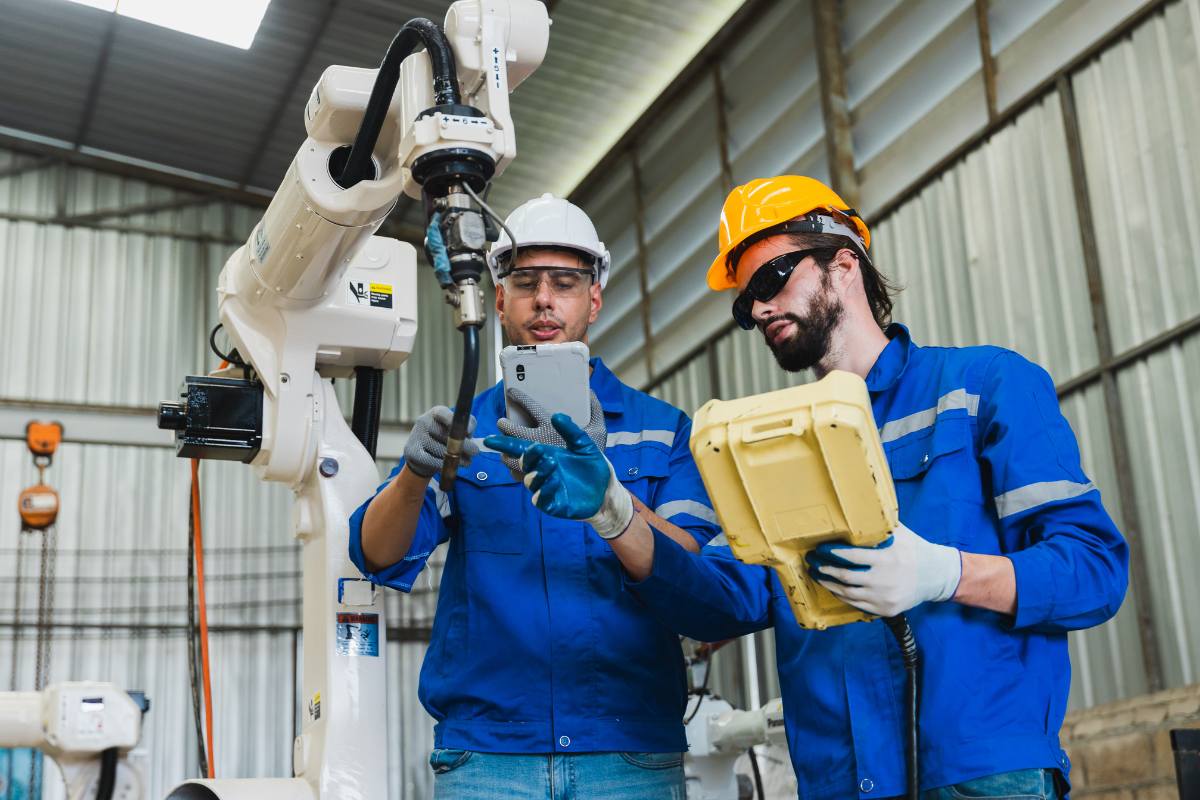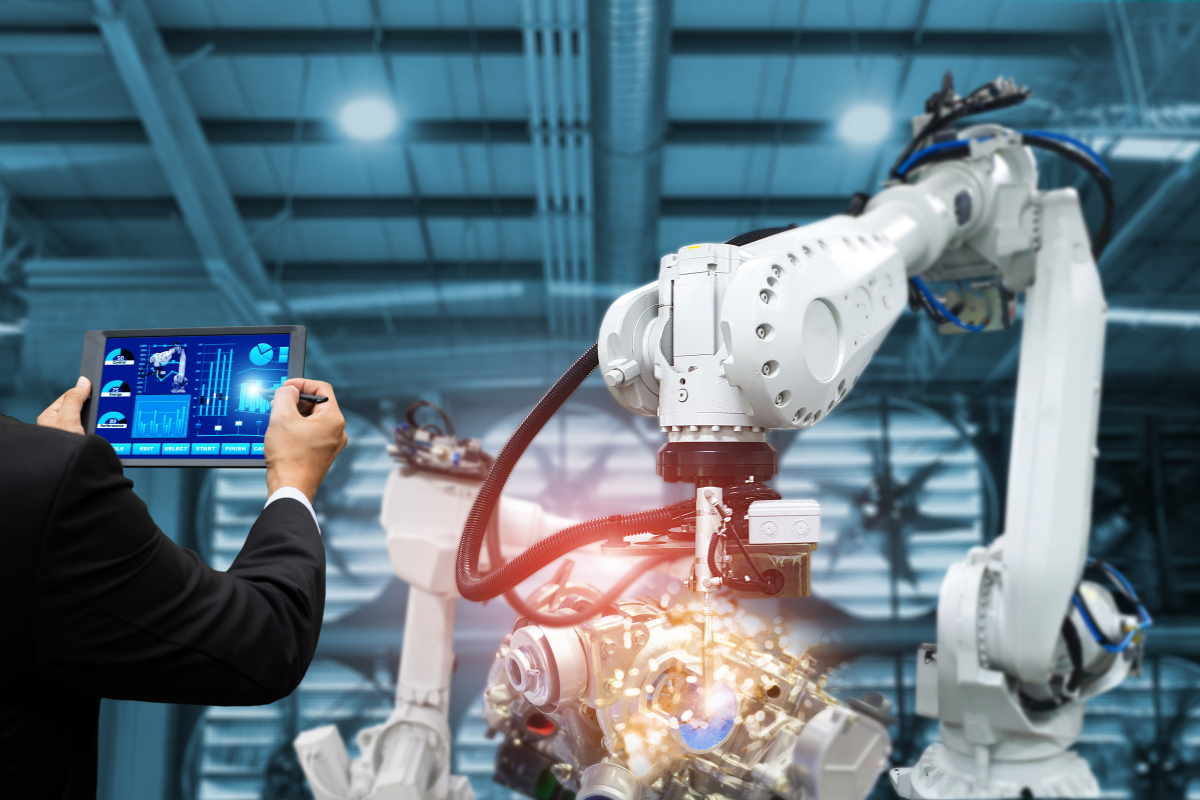Artificial intelligence and the use of robotics are topics dominating the headlines these days.
Although many people are concerned about the potential downsides of these technologies, there are numerous ways we all can benefit.
This article will focus on Robotic Process Automation (RPA) and how this revolutionary technology can optimize business operations and enhance productivity.
“RPA is a game changer for businesses,” says Daniel Felipe Ponce, a project management specialist and electrical engineer. “By replicating repetitive and rule-based tasks, RPA helps streamline operations and drive efficiency.”
Through a partnership with Rocketbot, a Chile-based global leader in RPA, Ponce hopes to bring this new form of workflow management to Utah.
Table of Contents
ToggleWhat Is RPA?
Robotic process automation – sometimes called software robotics — is a form of automation that is based on software robots or AI agents. The “robots” or “bots” in RPA are not physical but digital.

By replicating human hand and eye movements, RPA enables the use of a virtual workforce. Whether it is one or hundreds of digital workers, this workforce boosts operational efficiency and accuracy.
Since RPA records every step of the process, it provides traceability for auditing and compliance across all departments within a company.
Depending on a company’s needs, RPA can be used on-premises, through Cloud services, or as a hybrid of the two.
“My vision is to revolutionize the way businesses in Utah operate by leveraging Rocketbot’s advanced RPA solutions,” says Ponce, who holds a Master of Project Management from Universidad de Boyacá, Colombia, and a B.S. in Electrical Engineering from Universidad Distrital Francisco Jose de Caldas in Colombia.
“With our team of skilled consultants and experts, we will provide personalized support to help clients maximize the benefits of RPA and unlock their full potential for growth and success.”
Rocketbot is the only RPA platform that promotes mass usage and accelerates your business’s digital transformation, optimizes ROI for customers, and offers affordable desktop licenses and server licenses to enable parallel process execution without additional fees.
What Are The Benefits Of RPA?
“The basic role of RPA is to automate repetitive tasks previously handled by humans,” according to Ponce.
“The software is programmed to perform a workflow with multiple steps and applications. If there is a logical step to a task, BPA can replicate it.”
Here is more information on the advantages of using BPA.
1. Speed And Accuracy
Bots are programmed to adhere to rules and interact with various applications, just like a human operator.
However, the bots bring greater speed and accuracy to time-consuming, repetitive processes, making them highly useful for streamlining IT operations.
2. Improved efficiency
When repetitive tasks such as data entry, file transfers, report generation, and system monitoring are automated, IT professionals have more time to focus on other initiatives.
3. Scalability
RPA enables organizations to scale their IT operations without additional human resources, especially during times of increased workloads.
4. Compliance and Standardization
By automating audit trails, routine compliance checks, and data validations, organizations can minimize their risk of non-compliance and improve their overall governance. RPA also reduces variability.
5. Innovation
With routine manual tasks completed by bots, IT professionals can focus on new strategic initiatives and system enhancements that can accelerate business growth.

How To Know ID RPA Is Right For Your Organization
Ponce explains that there are four areas that indicate when RPA will benefit your organization.
- The process must be one that is rule-based.
- The process must repeat regularly or have a pre-defined trigger.
- The process must have well-defined inputs and outputs.
- The task must have sufficient volume.
The robotics market size is expected to grow from USD 114.67 billion in 2023 to USD 258.36 billion by 2028 at a CAGR of 17.64% in the same period.
An increase in the development of energy-efficient drive systems and growing competition among industrial verticals for shifting towards advanced technology and automation are driving this strong market growth.
“As we establish our RPA presence in Utah, we aim to contribute to the state’s vibrant tech ecosystem,” says Ponce.
“By creating job opportunities, collaborating with local businesses, and participating in community initiatives, we strive to play a positive role in Utah’s technological growth.”











